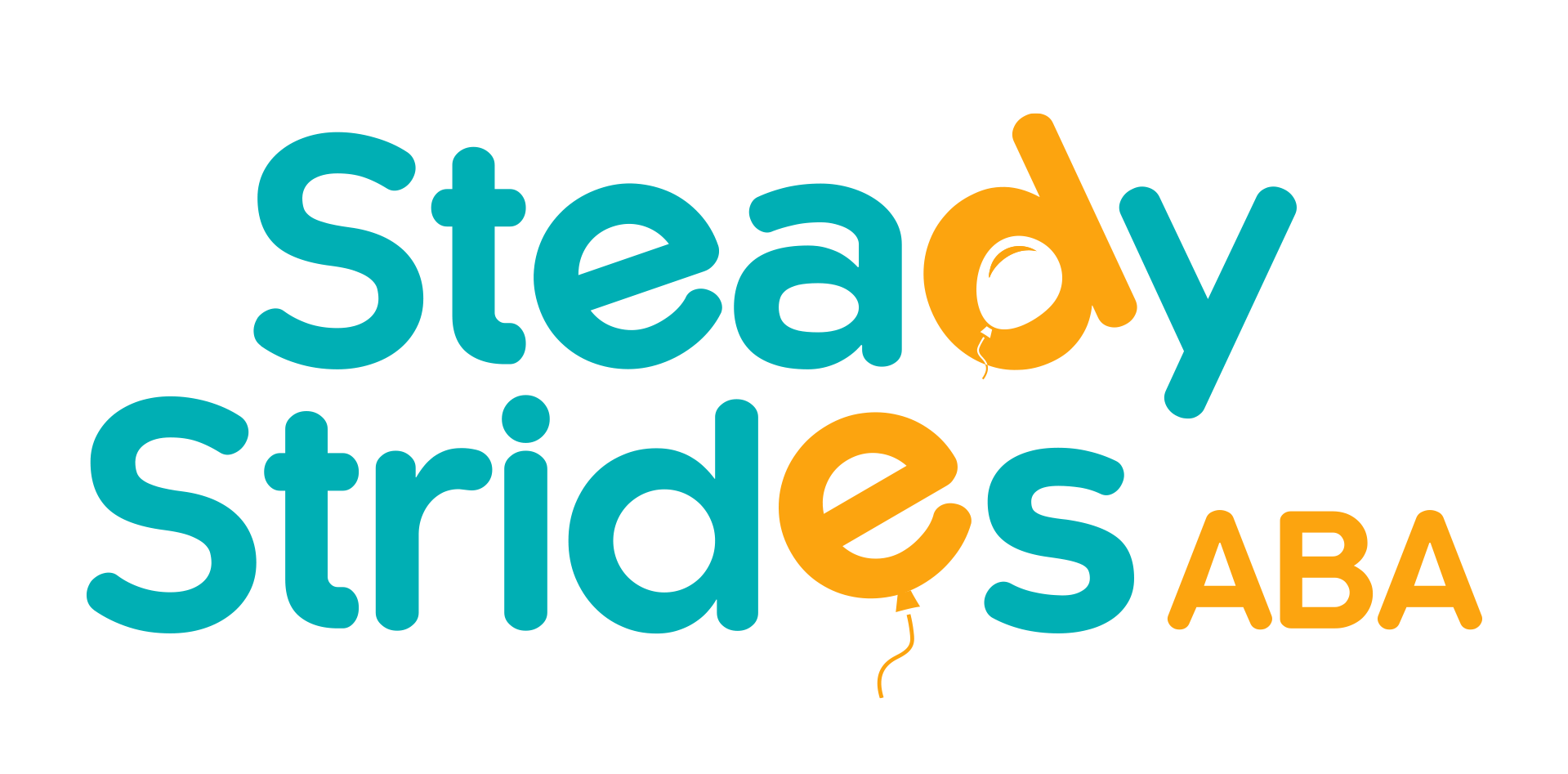For autistic adults, finding opportunities for respite, connection, and personal growth can be challenging. Retreat programs offer a unique space to disconnect from daily routines and immerse themselves in supportive environments. These programs provide essential time for self-care, skill development, and social interaction. Let's explore the benefits of retreat programs and discover the options available for autistic adults in Texas.
Retreat Programs for Autistic Adults
Importance of Predictable Environments
Predictable environments are essential for autistic individuals, as they help reduce anxiety and create a sense of security. When participants know what to expect, they can better engage in activities and interactions.
Regulated and structured schedules can significantly ease the transition into new settings, allowing for smoother experiences during retreats. Predictability fosters communication and social interactions, which are vital for personal growth and development.
| Key Features of Predictable Environments | Benefits |
|---|---|
| Regulated schedules | Reduces anxiety around transitions |
| Clear routines | Enhances understanding of daily activities |
| Visual schedules | Provides easy reference for upcoming tasks |
Creating environments that highlight predictability can support communication and help autistic adults feel more comfortable. This approach allows participants to focus on personal development rather than navigating overwhelming changes.
Benefits of Quiet Retreat Spaces
Quiet retreat spaces offer a sanctuary for autistic individuals, providing an opportunity to recharge and escape sensory overload. These environments can significantly enhance the overall retreat experience by promoting relaxation and reducing stress levels. Autistic adults often thrive in organized and calm settings, where they can retreat to a quiet area when feeling overwhelmed.
Benefits of quiet spaces include:
| Benefits of Quiet Spaces | Description |
|---|---|
| Reduced sensory stimuli | Allows for relaxation and mental clarity |
| Opportunity for solitude | Encourages self-reflection and personal time |
| Organized environments | Facilitates better navigation and understanding of space |
Having designated quiet areas can also support established routines, allowing participants to know when and where they can retreat if needed. This structured approach to retreat planning can lead to more meaningful and positive experiences for autistic adults participating in retreat programs.
Structuring Retreat Environments
Creating an optimal retreat environment for autistic adults involves implementing strategies that enhance predictability and organization. This section will focus on two essential aspects: visual schedules and structured work systems.
Visual Schedules for Autistic Individuals
Visual schedules play a crucial role in helping autistic individuals navigate their daily routines. These schedules can be designed to be daily, weekly, or even monthly, allowing participants to easily see what activities are planned and when they will occur.
According to the
Autism Awareness Centre, visual schedules can teach flexibility by incorporating new activities over time, thereby introducing the concept of making choices and supporting greater independence.
| Type of Visual Schedule | Description |
|---|---|
| Daily Schedule | Outlines activities planned for the day, helping participants anticipate transitions. |
| Weekly Schedule | Provides a broader overview of the week, allowing participants to prepare for upcoming events. |
| Monthly Schedule | Offers a long-term view, helping participants understand the flow of activities over a longer period. |
Visual schedules can contribute to reducing anxiety around transitions and changes by creating a sense of predictability. They should be prominently displayed and easily accessible for reference throughout the retreat.
Implementing Structured Work Systems
Structured work systems, developed by Division TEACCH, are designed to provide clarity and organization in various settings, including retreats. These systems are visually cued and address four fundamental questions: what work is to be done, how to do it, where it will take place, and when it is complete.
Implementing structured work systems can significantly enhance comprehension and independence among participants. It provides a clear framework that can be adapted to different activities, whether they are educational, recreational, or therapeutic.
| Components of Structured Work Systems | Purpose |
|---|---|
| Visual Cues | Help participants understand what is expected at each step. |
| Defined Work Areas | Designate specific spaces for particular tasks, reducing confusion. |
| Clear Instructions | Provide straightforward guidelines for completing tasks. |
| Completion Indicators | Use symbols or checklists to show when a task is finished. |
By integrating visual schedules and structured work systems, retreats can create environments that foster communication, reduce anxiety, and promote the independence of autistic adults. These strategies are essential for ensuring that participants feel supported and engaged throughout their retreat experience.
Personal Experiences from Retreats
Impact of Retreats on Participants
Retreat programs for autistic adults offer transformative experiences that significantly impact participants. Many attendees report feeling a sense of belonging and acceptance in an environment tailored to their needs. The supportive atmosphere allows individuals to express themselves freely and engage in meaningful interactions with others who share similar experiences.
One organizer, who is a late-diagnosed autistic adult, noted that the retreat experience highlighted the importance of regular breaks from the demands of modern life. This realization prompted them to address long-standing challenges, particularly in personal relationships. The retreat provided a safe space that fostered introspection and connection, ultimately leading to positive changes in their life.
Life Changes Post-Retreat
The effects of attending a retreat extend beyond the event itself, often resulting in substantial life changes for participants. The organizer mentioned making one of the most significant decisions in nearly two decades by allowing their son to live with his father. This decision led to improvements in their relationship and created a healthier personal space, demonstrating the retreat's profound influence on their life choices.
Post-retreat, many attendees report engaging in self-care practices, improving their living environments, and rebuilding damaged relationships. The process of unmasking—being true to oneself rather than conforming to societal expectations—was a key theme among participants. The retreat prompted individuals to stop masking behaviors, leading to a more genuine self-presentation.
| Life Change | Description |
|---|---|
| Improved living space | Repairing and personalizing their environment |
| Enhanced relationships | Strengthening bonds with family and friends |
| Authentic self-expression | Embracing true identities without fear |
The experiences shared by participants highlight the lasting impact that retreat programs for autistic adults can have, promoting personal growth, healthier relationships, and a deeper understanding of oneself.
Autism-Friendly Retreats in Texas
Elijah's Retreat
Elijah's Retreat, located in Jacksonville, Texas, is an autism-friendly getaway designed specifically for individuals with autism and their families. This tranquil retreat offers a peaceful environment nestled in the Piney woods of East Texas. Families can rent a cabin for only $75 per night, which includes all activities available at the retreat. Elijah's Retreat is open every day of the week from March 1st to November 10, 2024.
Elijah's Retreat offers a variety of engaging activities to cater to the interests of families and individuals with autism. Below is a list of some of the activities available at the retreat:
| Activity | Description |
|---|---|
| Ranch Hand Adventure | Families can participate in feeding the animals and learning about animal care. |
| Fenced-in Playground | A one-acre playground designed for safe outdoor play. |
| Sensory Room | Located in the Activity Barn, this room is tailored to provide sensory experiences. |
| Horseback Riding | Available for children with autism and their siblings, promoting bonding and relaxation. |
| Outdoor Activities | Includes barrel train rides and fishing for a fun-filled experience. |
| Sensory Garden | Families can pick fresh herbs, vegetables, and fruits, allowing for hands-on gardening experiences. |
Organizing Retreats for Autistic Adults
Creating an effective retreat program for autistic adults requires careful planning and consideration of the unique needs of participants. Whether you’re organizing more outdoor or indoor activities, this section will discuss the essential elements of a successful retreat and the importance of accommodations and personal space.
Elements of a Successful Retreat
A successful retreat for autistic adults must prioritize structure and predictability. Autistic individuals thrive in regulated environments that reduce anxiety and help them navigate transitions. Here are key elements to consider:
| Element | Description |
|---|---|
| Predictable Schedule | A well-defined daily schedule helps participants know what to expect, decreasing anxiety around changes and transitions. |
| Visual Supports | Using visual schedules and cues can assist participants in understanding their day. This allows for easier reference and promotes independence. |
| Structured Activities | Incorporating structured work systems, such as those developed by Division TEACCH, enables participants to engage in meaningful tasks while knowing what is expected of them. |
| Quiet Spaces | Offering designated quiet areas for retreatants allows them to decompress and recharge as needed, which is crucial for their well-being. |
Accommodations and Personal Space
Personal space is vital for autistic individuals, as it provides them with the opportunity to retreat from overwhelming stimuli. The following accommodations can enhance the retreat experience:
| Accommodation | Importance |
|---|---|
| Ensuite Rooms | Each participant should have their own ensuite room, ensuring privacy and comfort without the need for sharing. This helps reduce stress and fosters a sense of security. |
| Organized Environment | Clearly defined spaces for specific activities create a sense of order. Participants benefit from knowing which activities occur in which locations. |
| Routine Establishment | Establishing daily routines helps participants feel more grounded and in control of their environment, which can lead to improved communication and engagement. |
By focusing on these elements and accommodations, retreat organizers can create an environment that supports the unique needs of autistic adults, providing them with a positive and enriching experience.
Planning an Autistic Retreat
Creating a successful retreat for autistic adults involves careful planning and consideration of various factors. Organizers must focus on specific elements that enhance the experience for participants and ensure a supportive environment.
Considerations for Retreat Organizers
When planning a retreat, organizers should prioritize the structured environment in which autistic individuals thrive. This includes:
- Predictable Schedules: Autistic individuals benefit from regulated and predictable schedules. This can help to reduce anxiety around transitions and changes. Including visual schedules that outline daily activities can enhance predictability.
- Quiet Spaces: Providing quiet spaces for retreat participants is essential. These areas allow individuals to retreat when feeling overwhelmed, helping them to recharge and manage sensory overload.
- Visual Aids: Utilizing visual schedules can teach flexibility by introducing new activities or tasks while offering an easy reference for daily routines.
- Structured Work Systems: Implementing structured work systems can help participants understand their tasks. These systems answer essential questions and can be applied in various settings, aiding in communication and task completion.
Creating a Supportive Environment
A supportive environment is crucial for the success of a retreat. Key elements to include are:
- Personal Space: Each participant should have access to personal space to ensure comfort and privacy. Ensuring that rooms are ensuite and do not require sharing helps to maintain individual comfort levels.
- Organized Activities: Clearly defined activities with set locations help participants know where to go and what to expect. This organization can reduce anxiety related to uncertainty.
- Routine Establishment: Establishing daily routines allows participants to feel more secure and helps them to navigate the retreat experience more effectively. Regular routines can support participants in adjusting to the retreat environment.
- Flexibility for New Activities: While structure is important, allowing for some flexibility to introduce new activities can foster independence and creativity among participants.
By focusing on these considerations and creating a supportive environment, organizers can significantly enhance the retreat experience for autistic adults. This thoughtful planning can lead to meaningful interactions and personal growth during the retreat.
Conclusion
Retreat programs offer invaluable opportunities for autistic adults to recharge, build social connections, and develop new skills. By providing a supportive and inclusive environment, these programs contribute to overall well-being and personal growth.
Steady Strides ABA is committed to empowering individuals with autism to reach their full potential. Our comprehensive ABA therapy services focus on building independence, social skills, and communication abilities. We understand the importance of respite and support for both individuals and caregivers.
Contact Steady Strides ABA today to learn more about our programs and how we can assist you in your journey.












